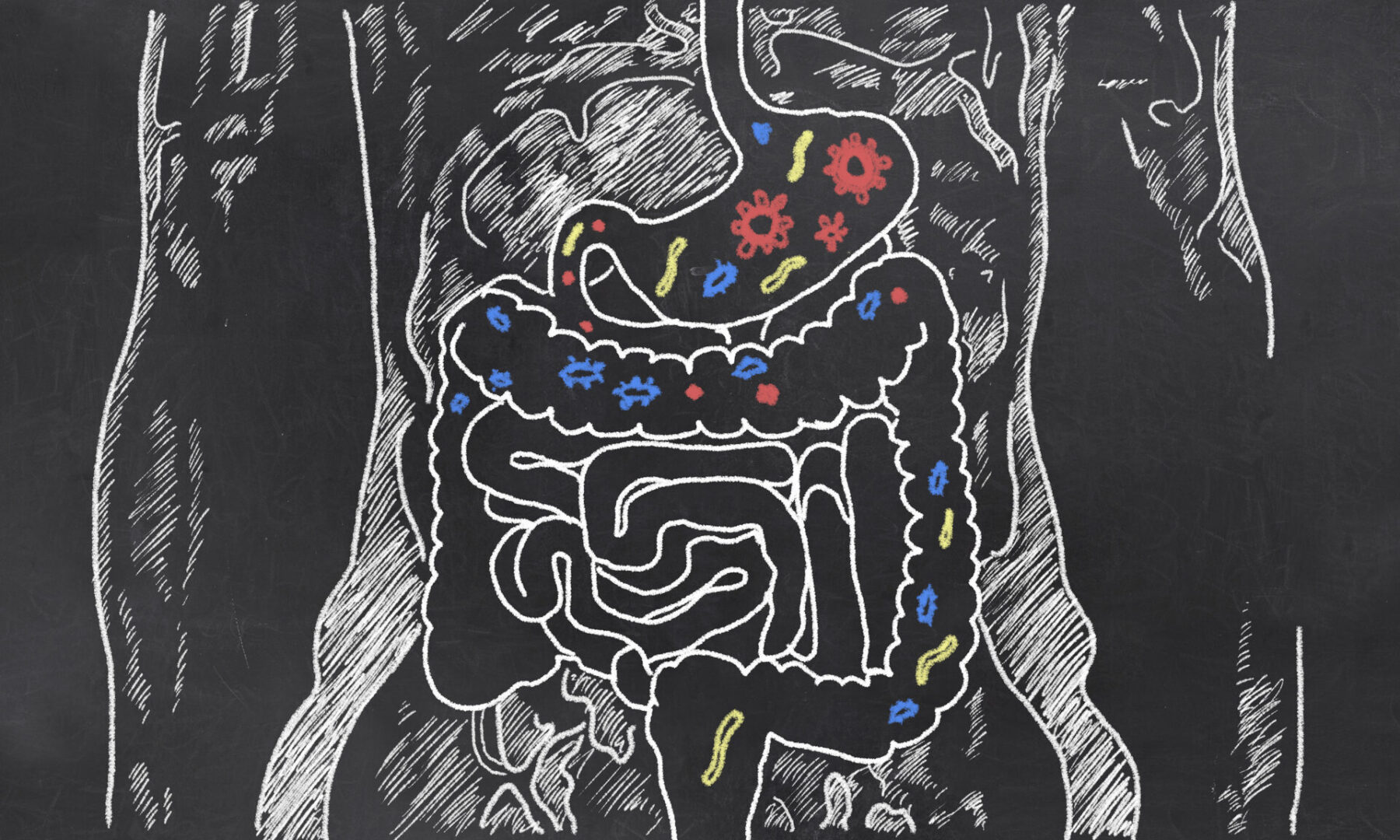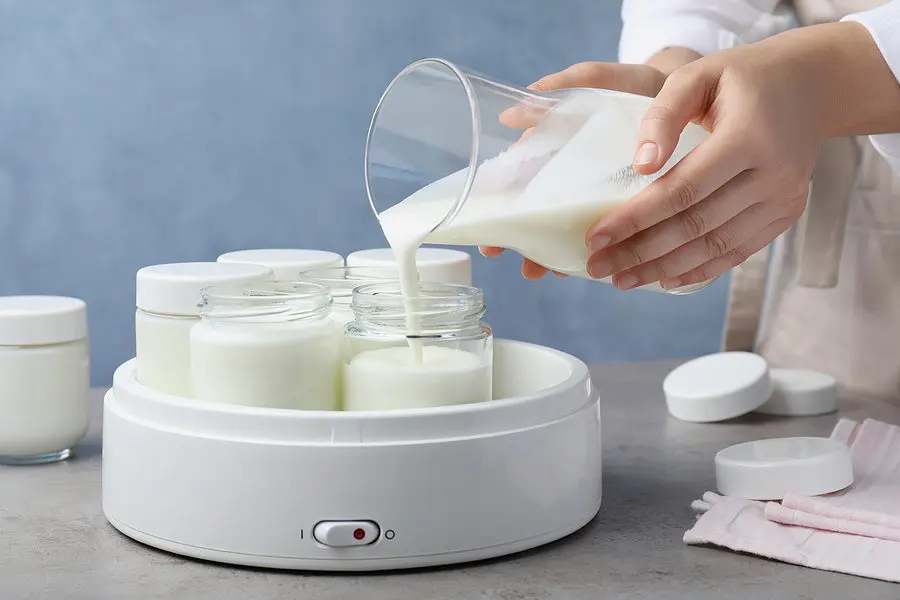
Gut Microbiome Repair: Rebuilding After Antibiotics
At Physicians Preference Vitamins, we believe in taking a natural approach to health whenever possible. We don’t recommend antibiotics as a first line of defense, since they can disrupt your body’s natural balance. However, there are times when antibiotics are medically necessary. When that happens, it’s important to understand how they affect your gut and what you can do to restore balance afterward.
Your gut is home to trillions of microorganisms that help digest food, support immunity, and even influence your mood. When antibiotics disrupt this delicate ecosystem, it can take a long time to recover. For many people, rebuilding a healthy microbiome can take months or even years—and that process can take much longer without being proactive.
Fortunately, with the right nutrition, probiotics, and daily habits, you can help your gut bounce back faster and stronger.
What Happens to Your Gut Microbiome During Antibiotic Use
Antibiotics work by killing bacteria that cause infection. The problem is, they cannot tell the difference between helpful and harmful bacteria. So, while antibiotics eliminate the “bad guys,” they also remove many of the “good guys” that keep your digestive and immune systems working smoothly.
Even one short course of antibiotics can reduce bacterial diversity in your gut. This imbalance, called dysbiosis, can cause:
Common Effects of Dysbiosis
| Effect | Description |
| Reduced microbial diversity | Fewer species of good bacteria survive, leaving gaps in your gut ecosystem. |
| Overgrowth of harmful microbes | With fewer good bacteria, yeast or harmful bacteria can take over. |
| Weakened gut lining | The intestinal barrier becomes more permeable, allowing toxins or allergens to pass through. |
| Digestive changes | Gas, bloating, or irregularity often occur while the microbiome is disrupted. |
| Immune imbalance | About 70% of the immune system lives in the gut, so disruption can weaken immune function. |
While antibiotics can sometimes be unavoidable, supporting your gut afterward helps your body regain balance and resilience.
How Probiotics Help Your Gut Recover
Your gut microbiome can’t rebuild itself overnight, but probiotics can speed up the process. Probiotics are live, beneficial microorganisms that help restore healthy bacteria and rebalance your gut after antibiotic use.
Why Probiotics Matter
When your microbiome is disrupted:
- Probiotics repopulate beneficial bacteria.
- They crowd out harmful microbes that thrive after antibiotics.
- They support digestion, helping your body absorb nutrients efficiently.
- They strengthen immune defenses, helping prevent future infections.
Clinical studies show that probiotics can reduce antibiotic-associated diarrhea and improve overall gut and immune health. However, not all probiotics are equal. The strains, potency, and formulation determine how well they survive and colonize your gut.
Probiotic Blend Pro: Comprehensive Microbiome Support
Physicians Preference Vitamins’ Probiotic Blend Pro is carefully formulated to restore balance after antibiotic use. Each capsule provides a blend of 3 prebiotics and 7 probiotic strains, delivering 20 billion viable organisms per serving for complete microbiome coverage.
Why It Works
Probiotic Blend Pro contains strains such as Lactobacillus acidophilus and Bifidobacterium bifidum, both known to help repopulate beneficial bacteria and maintain intestinal health. The prebiotics in this formula act as “food” for the probiotics, helping them thrive and multiply once inside your gut.
Key Benefits of Probiotic Blend Pro
- Rebuilds healthy bacterial balance
- Improves digestion and nutrient absorption
- Supports regular bowel function
- Supports proper immune function
Prebiotics and probiotics work together much like soil and seed. The prebiotics create the right environment, while probiotics take root and grow. This synergy helps restore gut health faster after antibiotic use.
ReuteriBiotic: Targeted GI and Immune Support
ReuteriBiotic, developed by William Davis, MD, author of Wheat Belly and Super Gut, focuses on one standout probiotic strain: Lactobacillus reuteri. This unique strain supports gut health, bowel regularity, and immune function, especially after antibiotic use.
Why Lactobacillus reuteri Stands Out
Your gut houses hundreds of bacterial species, but L. reuteri is one of the most important for restoring balance. It has been widely studied for its ability to:
- Survive stomach acid
- Attach to the intestinal lining
- Encourage harmony among other beneficial microbes
L. reuteri naturally produces a compound called reuterin, which helps:
- Inhibit the growth of harmful bacteria
- Promote the growth of beneficial species
- Strengthen the protective gut lining
- Support healthy immune signaling
In short, this strain helps re-establish balance and harmony in your microbiome after antibiotics.
What Makes ReuteriBiotic Different
Each capsule of ReuteriBiotic 20 billion delivers a high-potency dose designed for maximum viability and impact. This provides clinically meaningful levels of L. reuteri—not the trace amounts often found in grocery store yogurts or standard supplements.
ReuteriBiotic can also be used to make your own Superfood L. reuteri yogurt at home. When cultured in a nutrient-rich environment, L. reuteri multiplies exponentially, giving you trillions of live organisms in each serving.
Homemade vs. Store-Bought Yogurt: A Real Difference
Many people assume that eating yogurt is enough to rebuild gut bacteria after antibiotics. Unfortunately, most store-bought yogurts—even plain, Greek, or organic—contain very few live active cultures compared to what your microbiome needs.
| Yogurt Brand or Type | Estimated Live Cultures (CFU per Serving) | Added Sugars | Live Culture Variety | Notes |
| Yoplait Original Strawberry | <1 billion | 18–22 g | 2 strains | Pasteurized after fermentation; minimal live culture activity |
| Chobani Flip (Strawberry Cheesecake) | <1 billion | 20–23 g | 3 strains | High sugar; limited probiotic benefit |
| Chobani Greek Yogurt (Plain) | 1–2 billion | 4 g (from milk sugars only) | 4 strains | Contains live cultures but lower than therapeutic levels |
| Fage Total (Plain Greek) | 1–2 billion | 0 g | 4 strains | High protein but limited probiotic diversity |
| Siggi’s Icelandic Yogurt (Vanilla) | 1–2 billion | 6–9 g | 3–4 strains | Clean ingredients, modest probiotic count |
| Homemade L. reuteri Yogurt (with ReuteriBiotic) | 100 billion+ | 0 g | 5–7 diverse strains | Can be fermented to achieve trillions of CFU per batch |
Most commercial yogurts are pasteurized, flavored, or high in sugar, which limits their probiotic power. Even the healthiest store-bought options rarely contain enough live, beneficial bacteria to make a measurable difference.
When you make your own yogurt using ReuteriBiotic, you get a powerful, living food that delivers exponentially higher levels of beneficial bacteria—along with a clean, natural source of protein and calcium.

Make Your Own Probiotic Yogurt
Ready to give your gut the support it deserves?
Use ReuteriBiotic to make probiotic-rich yogurt at home and enjoy the benefits of real, living cultures.
How to Take Probiotics with Antibiotics
Timing makes a difference when combining antibiotics and probiotics. To protect beneficial bacteria, take your probiotic at least two hours apart from your antibiotic dose. Continue probiotic supplementation for several weeks after finishing antibiotics for full recovery.
Best Practices
- During antibiotics: Take probiotics twice daily, spaced away from antibiotic doses.
- After antibiotics: Continue daily use for 2–4 weeks to rebuild healthy bacteria.
- Support with food: Eat fiber-rich foods such as bananas, asparagus, onions, and leeks to feed your gut microbes.
Consistency is key. The gut microbiome rebuilds slowly, and regular probiotic intake helps new colonies become stable and long-lasting.
Lifestyle Habits That Help Your Gut Recover
Probiotics work best when paired with healthy daily habits that nurture your microbiome.
Top Gut-Healing Habits
- Eat more fiber: Load your plate with vegetables, fruits, and legumes to feed beneficial bacteria.
- Avoid processed foods: Refined sugars and preservatives harm good bacteria and promote imbalance.
- Stay hydrated: Drink half your body weight in ounces of water daily.
- Manage stress: Chronic stress can negatively impact your gut microbiome. Try incorporating vagus nerve stimulation, a natural way to calm your nervous system and improve gut-brain communication.
- Devices such as Truvaga use gentle microstimulation to activate the vagus nerve, helping your body shift out of “fight-or-flight” mode and back into “rest-and-digest.”
- Even two minutes a day can help restore calm, improve digestion, and support your gut’s ability to heal.
- Get consistent sleep: Restorative sleep supports microbial balance and reduces inflammation. For better rest, try Sleep Formula, a natural blend designed to help your body wind down, fall asleep faster, and stay asleep through the night.
Why Microbiome Restoration Matters
Your gut microbiome affects digestion, mood, metabolism, and immunity. When it’s balanced, you feel energized and focused. When it’s disrupted, you may notice fatigue, bloating, or more frequent illness.
While antibiotics can sometimes be necessary, the best approach is to protect and strengthen your body’s defenses naturally—so you rely on them less often. When antibiotics are unavoidable, taking steps to restore your gut afterward helps your body regain balance, strength, and vitality.
Using Probiotic Blend Pro and ReuteriBiotic Together
Each probiotic offers distinct benefits, but they also work beautifully together:
| Supplement | Key Function | Ideal For |
| Probiotic Blend Pro | Multi-strain, broad-spectrum support with prebiotics | General microbiome recovery after antibiotics |
| ReuteriBiotic | Single, potent strain (L. reuteri) for targeted GI and immune health | Deep restoration and homemade probiotic yogurt |
Together, these supplements help restore microbial diversity, strengthen gut integrity, and enhance immune function.
Final Thoughts
Antibiotics save lives, but they can leave your gut out of balance. Rebuilding your microbiome takes time, effort, and intentional care. Without taking proactive steps, recovery can be slow and incomplete.
By supporting your gut with high-quality probiotics like Probiotic Blend Pro and ReuteriBiotic, using Truvaga to reduce stress, taking Sleep Formula for better rest, and eating fiber-rich foods, you can help your microbiome thrive again.
If you have questions about which probiotic is right for you or how to get started, call our Certified Nutritionists at 281-646-1659. They’ll be happy to help you choose the right products for your needs.
These statements have not been evaluated by the Food and Drug Administration. These products are not intended to diagnose, treat, cure, or prevent any disease.
